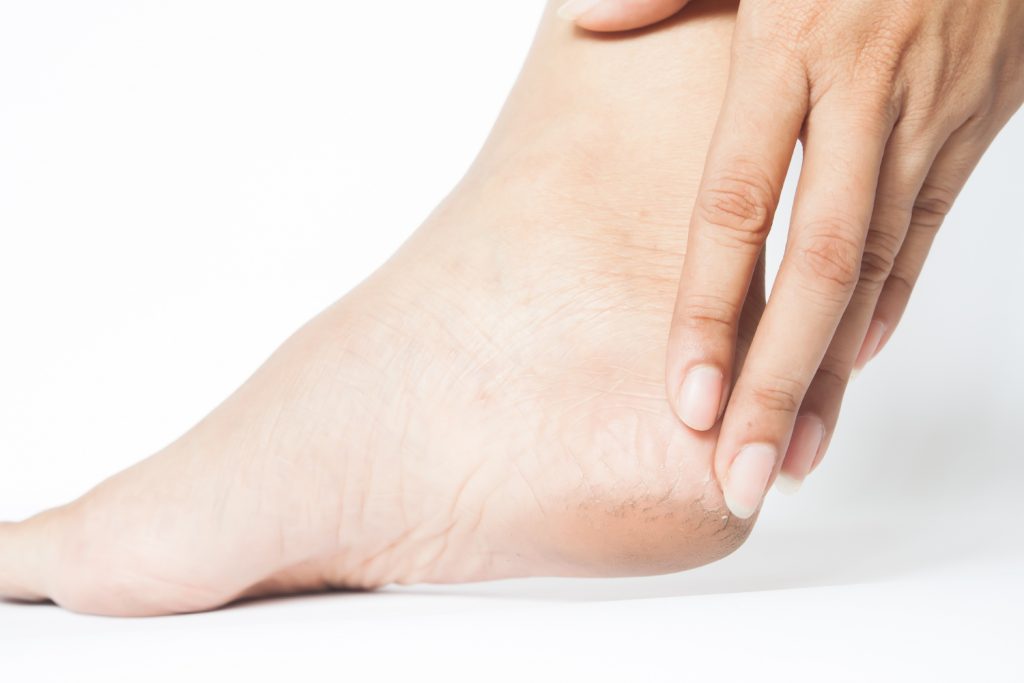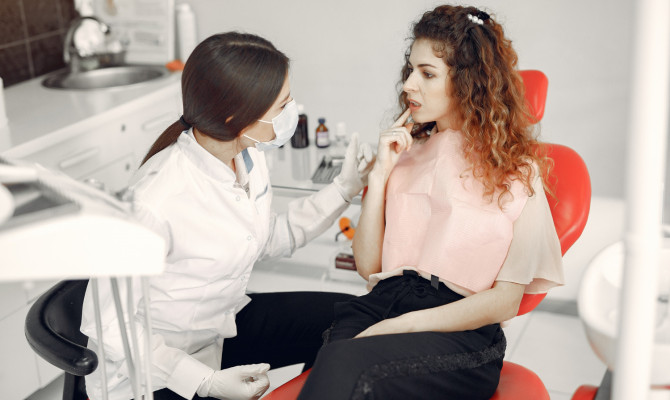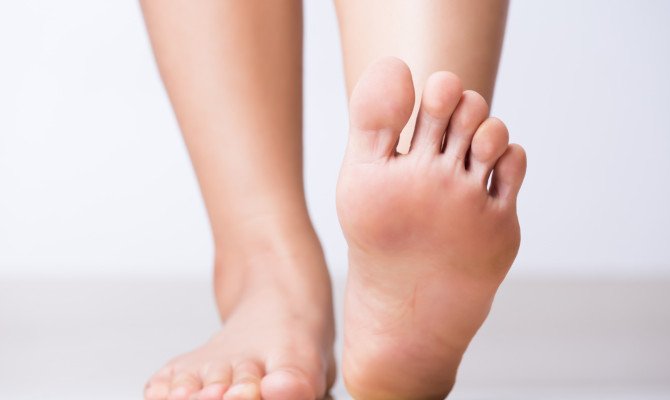Heel Stone Bruise: Symptoms, Causes & Management

- Feet
- 19 Oct 2023
Introduction
Heel Stone Bruise
Heel stone bruises, seemingly commonly placed, can be a source of considerable discomfort and hindered mobility. These injuries, often resulting from impact or repetitive stress, affect the sensitive tissues in the heel, leading to pain and potential complications if left unattended. For prompt intervention and prevention measures, it is essential to comprehend the causes, symptoms, and efficient heel stone bruise treatments.

This article delves into the intricacies of heel stone bruises, providing insights into diagnosis, treatment modalities, and steps to foster a smooth recovery. Whether you have encountered this element or seek preventative knowledge, this comprehensive guide aims to shed light on the cases of heel stone bruises and empower readers with the information needed for informed foot care.
What are heel stone bruises?
- They refer to injuries of trauma affecting the sensitive tissues of the heel, often caused by impact or repetitive stress.
- These can result in localized pain, swelling, and discomfort in the heel area. The term stone bruise implies that the injury may feel similar to the discomfort experienced when stepping on a hard object like a stone.
- They can occur due to various factors, including inadequate footwear, excessive physical activity, or sudden trauma. 1 Introduction | Researched based study from ScienceDirect
Symptoms
Heel Stone Bruise Symptoms
- Pain
- Swelling
- Tenderness
- Difficulty walking
- Bruising
- Stiffness
Heel stone bruise signs can range in severity, but frequently include:
Pain
- Heel pain is the most noticeable symptom. Mild discomfort to severe pain might be experienced, especially when putting weight on the heel that is hurt.
Swelling
- Bruising and swelling may occur around the heel area, typically due to damaged blood vessels and tissues.
Tenderness
- The heel may be sensitive to touch and pressure on the brushed area can cause increased pain.
Difficulty walking
- Walking or standing on the injured foot may be uncomfortable and difficult, depending on how bad the bruise is.
Bruising
- In some cases, you may notice declaration or bruising on the heel indicating the presence of damaged blood vessels
Stiffness
- The heel may feel stiff, making it challenging to move the foot normally.
It is important to note that these symptoms can vary from person to person, and the severity of a heel stone bruise can range from mild to severe. It is advised to consult a doctor for a good diagnosis and treatment plan if you believe you have a heel stone bruise and the symptoms worsen in person. 2 Symptoms| Researched based study from National Institutes of Health,3 Symptoms| Researched based study from National Institutes of Health
Causes
Heel Stone Bruise Causes
What is a heel bruise caused by?
- Impact or trauma
- Improper footwear
- Overuse and repetitive stress
- Foot structure and biomechanics
- Thin, fat pad
- Inadequate warm-up
Heel stone bruises can be caused by various factors, including:
Trauma
- Direct impact on the heels, such as stepping on a hard object or experiencing a forceful blow to the heel can lead to a stone bruise.
Improper footwear
- The heel can experience greater pressure from wearing shoes with inadequate support or thinly cushioned soles, which makes the heel more prone to bruising.
Stress from repetition and overuse
- Running or jumping on hard surfaces, as well as other sports that require repetitive stress on the field, can irritate and bruise the heel.
Foot structure and mechanics
- Individuals with specific foot structures are biomechanical issues may be more prone to developing them due to uneven distribution of pressure on the heel.
Thin, fat pad
- The natural fat pad in the heel that provides cushioning can thin over time, especially with age, making the heel more vulnerable to bruising.
Inadequate warm-up
- Heel injuries are more likely if you don’t warm up adequately before indulging in vigorous physical activity. 2 Causes| Researched based study from National Institutes of Health, 3 Causes| Researched based study from National Institutes of Health
Diagnosis
Heel Stone Bruise Diagnosis
Diagnosing a heel stone bruise typically involves a combination of a physical examination and, in some cases, an imaging test. Here is an overview:
Physical examination
- The medical professional will examine the injured foot, paying special attention to the heel.
- They will enquire about symptoms, examine for tenderness, swelling, and bruising, and apply pressure to pinpoint areas of discomfort.
Patient history
- The healthcare provider may ask about recent activities; injuries are changes in footwear to understand the potential causes.
Imaging tests
- While not always necessary, imaging tests like X-rays may be ordered to rule out fractures or other underlying issues, especially if the systems are severe or if there is uncertainty about the diagnosis. 4 Diagnosis| Researched based study from National Institutes of Health,5 Diagnosis| Researched based study from National Institutes of Health
Treatment
How to Treat Stone Bruise on Heel?
Usually, self-care techniques are used with professional medical help when necessary as part of the treatment.
Rest
- Allow the affected foot time to rest, minimizing weight-bearing activities that can exacerbate the bruise.
Ice
- Applying ice packs to the bruised heel can help reduce swelling and elevate pain. Apply ice for 15 to 20 minutes while covering the area with a cloth or towel to prevent any damage.
Elevation
- By elevating the foot, you can help the swelling go down. Prop the foot up on a cushion or pillow when resting.
Pain management
- Ibuprofen and paracetamol, two over-the-counter painkillers, can help control pain and inflammation. Follow dosage instructions and consult with the healthcare professional if needed.
Orthotic devices
- Supportive shoe inserts or orthotic devices can provide additional cushioning and help distribute pressure evenly on the foot.
Physical therapy
- In some cases, a healthcare provider may recommend specific exercises or stretches to promote healing and improve foot strength and flexibility.
Footwear
- Wearing comfortable, cushion shoes with proper support can help in relieving pressure on the heel and prevent future bruises.
Avoiding impact activities
- Temporarily avoiding activities that put excessive stress on the fields such as running or jumping can facilitate healing. 4 Treatment| Researched based study from National Institutes of Health,5 Treatment| Researched based study from National Institutes of Health,6 Treatment| Researched based study from The National Health Service ,7 Treatment| Researched based study from ResearchGate
Prevention
Heel Stone Bruise Prevention
Preventing heel stone bruises involves adopting habits and practices that reduce the risk of trauma and stress on the heels. Here are some preventive measures:
Proper footwear
- Select footwear with the right fit, cushioning, and support. Avoid wearing outsoles on your shoes because they might reduce your protection.
Changes in activity
- If you perform repetitive motions like jogging or leaping on the pitch, gradually increase the intensity and duration to give your feet time to adjust.
Stretching and warming up
- Warm-up exercises and stretches should be done prior to physical activity to prepare your muscles and lower the risk of injury.
Foot treatment
- Keep an eye on the condition of your feet. Keep your toenails trimmed, moisturize your feet, and regularly inspect for any signs of developing issues.
Orthotic inserts
- If you have a history of foot issues or abnormal biomechanics, you might want to think about using orthotic inserts in your shoes.
Avoid barefoot stepping on hard surfaces.
- The risk of foot injury increases when walking barefoot on hard surfaces. Water shoes or sandals, especially in environments where there might be hazards.
Maintain a healthy weight
- Increased pressure on the foot can be caused by carrying too much bodily weight. A healthy weight can ease the pressure on your heels.
Observe your body.
- Pay attention to any pain or discomfort. Consult a healthcare practitioner as soon as changes or chronic pain are noticed. 8 Prevention| Researched based study from ResearchGate
FAQs
Frequently Asked Questions About Heel Stone Bruise
Q. Will ice help stone bruise?
- Yes, applying ice can be beneficial for a stone bruise. By tightening blood vessels in the affected area, ice helps reduce swelling and numb discomfort.
- To avoid ice burn, shield the skin from the eyes with a thin cloth or towel at all times.
Q. Do stone bruises go away on their own?
- Yes, in many cases, they do go away on their own with time and appropriate self-care measures.
- Mild and moderate bruises can often show improvement within a week or two as the body naturally heels.
Q. Can a stone bruise get infected?
- While stone bruises are typically not prone to infection, the risk of infection may arise if the skin over the brushed area is broken or an open wound.
- If the stone bruise leads to a cut or abrasion on the skin, bacteria from the surrounding environment can enter, potentially causing an infection.
- To minimize the risk of infection, keep the area clean and apply an over-the-counter antibiotic ointment to avoid them; you can also cover it with a sterile bandage to protect it from the bacteria.
- Be on the lookout for infection-related symptoms such increasing redness, swelling, warmth, or pus.
Q. How long does it take for a stone bruise to heal?
Depending on the extent of the damage and general health, a stone bruise may heal more quickly or more slowly. In general, mild to moderate heel stone bruises may start to improve within a week or two with proper care.
Here is a General Timeline:
Initial relief
- Rest, ice, elevation, and over-the-counter pain relievers can provide initial relief within the first few days.
Reduced pain and swelling
- Many patients see a notable decrease in discomfort and edema after about a week.
Complete recovery
- It can take many weeks for full recovery. It’s essential to practice self-care and avoid activities that could worsen the bruise.
Any feedback on this article?
 This Articles content was accurate
This Articles content was accurate Very Informative Article
Very Informative Article I have a question or a comment
I have a question or a comment
 This article contains inaccurate content
This article contains inaccurate content This article was not helpful
This article was not helpful I have a question or a comment
I have a question or a comment
We appreciate your helpful feedback!
Checkout our social pages
References
-
ScienceDirect
Introduction
-
National Institutes of Health
Symptoms | Causes
-
National Institutes of Health
Symptoms | Causes
-
National Institutes of Health
Diagnosis | Treatment
-
National Institutes of Health
Diagnosis | Treatment
-
The National Health Service
Treatment
-
ResearchGate
Treatment
-
ResearchGate
Prevention





































